
The SAHB Autumn Seminar was at a new venue this year: Towcester Racecourse. Attendance was good, with 50 delegates.
In line with tradition, we started the weekend with a visit: this time, to the Silverstone Museum, arranged by our chairman Guy Loveridge and attended by 15 SAHB members.
It is a remarkable and fascinating place. Even on the ground floor, which is mainly café and shop, a student from Wolverhampton University (on the race engineering course) gave those who wished an engrossing explanation of the Formula 3 car in the foyer – including the gold leaf on the rear suspension to protect it from the exhaust.
Upstairs, in the museum proper, our tour started with a captivating audio-visual display as we walked along the imitation pit lane surrounded by cars, drivers and spectators from the present day to the 1950s (the very early days of the Silverstone circuit). The museum then had something for everyone: displays on the ancient history and buildings around Silverstone; the history of Silverstone in its days as a wartime bomber base; information on every important race from the start of racing in 1948 to the present day; and a whole section on each aspect of modern Formula 1 race-car design, from brakes to aerodynamics and engines to gearboxes. Descending to the car displays, we found cars and bikes from Silverstone’s long history: Austin-Healey, MG, Porsche, Lotus, BRM and Norton to name only a few. This was a great start to the Autumn seminar weekend and we recommend anyone who has not been to give it a try.
At Towcester on the Sunday, we started with the literature fair, the AGM and the Michael Sedgwick and Malcolm Jeal Awards presentations (see our News posting). We then moved on to the presentations:
– Len Huff: “E.D. Abbott; A little-known coachbuilder.” Len brought to light the enormous range of work carried out by Abbotts and their predecessors Page & Hunt. By the end of his talk, he had proved that they deserved to be much better known, for their excellent work for Bristol and Ford, to name only two manufacturers, and for some exceptional one-offs for many makers.
– Peter Moss: “An astounding invention – the Model T Ford.” Peter gave a short talk on the amazing engineering that made the Model T one of the world’s most enduring cars, selling 15 million between 1908 and 1927 – from an engine that was easy to build and maintain, through the extensive use of vanadium steel for durability, to a gearbox that could be operated by anybody in Ford’s enormous principal target market: the people of rural America.
– Michael Allen: “The Oulton Park Gold Cup.” Michael took us through the fascinating history of the Gold Cup from its origins in 1947 to its demise in 1975. He brought us stories and pictures of famous, infamous and not-so-famous racing drivers and racing cars, from Ferraris and Maseratis through Lotuses and Brabhams to Chevrons, including Stirling Moss’s famous 1961 in the Ferguson P99 four-wheel-drive.
– Graham Skillen: “BSA – the early rear-wheel-drive cars.” Graham presented the fruits of his always in-depth research to take us through the origins and early history of the cars of BSA from 1913 to the beginning of the 1930s, including some financial doubtful takeovers and some the saved the company. He brought to light much information that has previously been glossed over the history of the company and its subsidiary from 1910, Daimler.
– Anders Ditlev Clausager: “The Cars that Got Away – a presentation and quiz.” Anders showed us a remarkable collection of mysterious motor cars that never quite made it into the mainstream, and challenged us to a quiz to identify them. The worthy winner got 26 out of 50. Does that person (who shall remain nameless) need to get out more? No: he is just cleverer than the rest of us.
Our thanks are due to all the speakers, and the organisers and staff from the SAHB, the Silverstone Museum and Towcester Racecourse.
Here are some photos from the Saturday and Sunday events:
SATURDAY: THE SILVERSTONE MUSEUM
SAHB members arriving. Note the gold leaf on the racing car’s suspension.
One of many displays on the circuit – curve by curve.
A bit of history – why it’s called Chapel Curve.
A Wellington’s landing gear.
World War II – and why it’s called Wellington Straight.
The line-up for the first Grand Prix on 2 October 1948.
Austin-Healey, MG and Lotus in the main hall.
Tyrrell, Porsche and bikes.
Cosworth DFV – the most successful F1 engine ever.
Lots of gears.
1960 BRM P48/4.
SUNDAY: TOWCESTER RACECOURSE
A superb new venue, ready for people in the foreground, lunch behind, the bar even further back, and the literature fair on the left (we had to bring out more tables for that!)
Ian Polson’s Bristol 403 after the seminar – ready to take his haul of goodies from the literature fair.
Two more very happy attendees with their hauls from the seminar. And a fine TR4A.







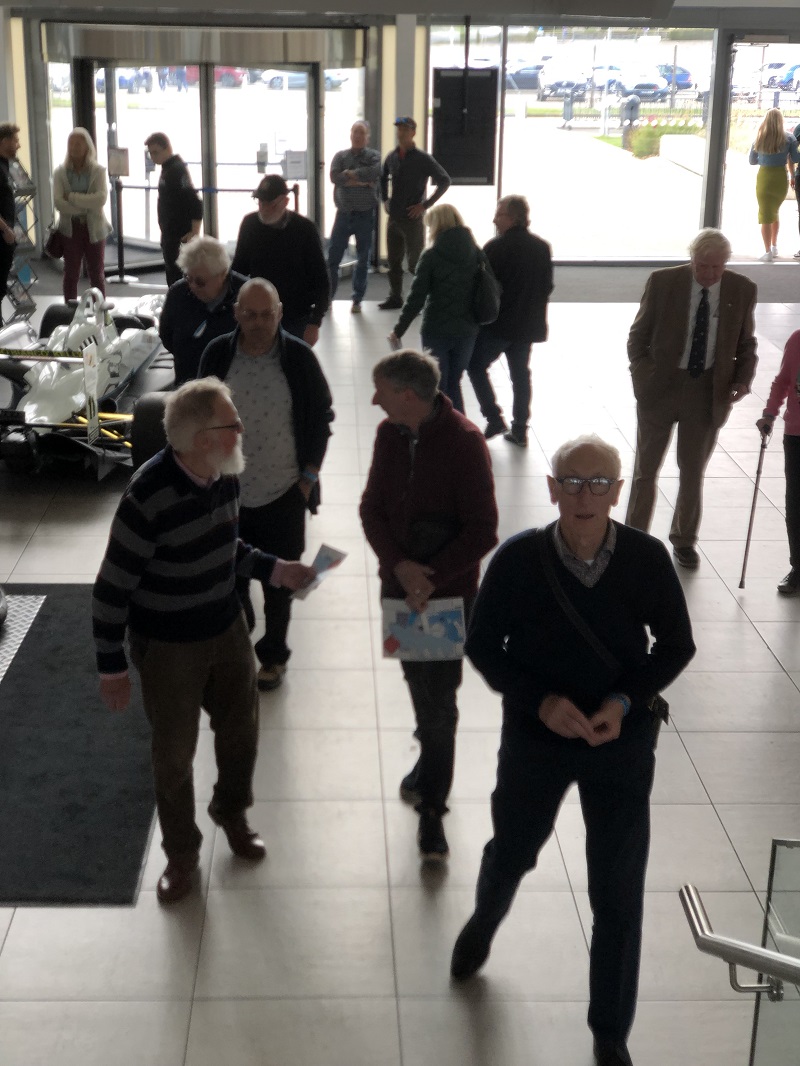






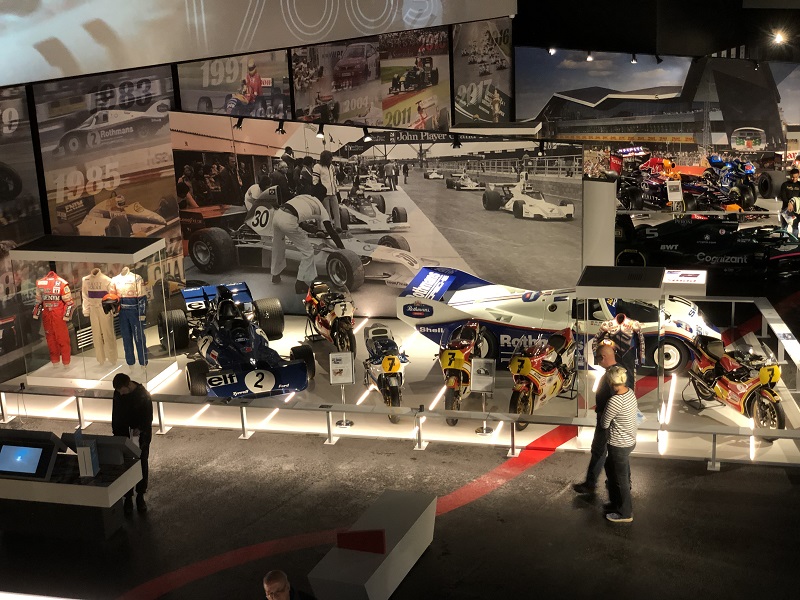
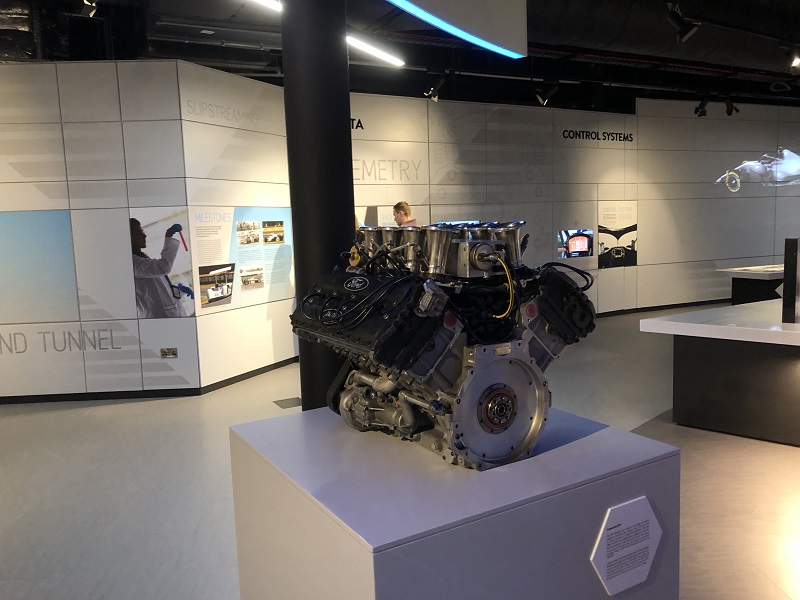
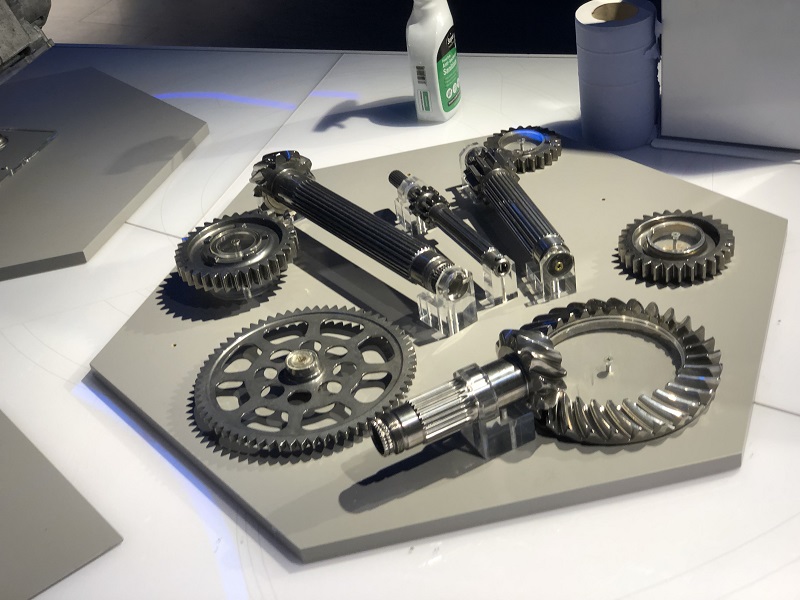
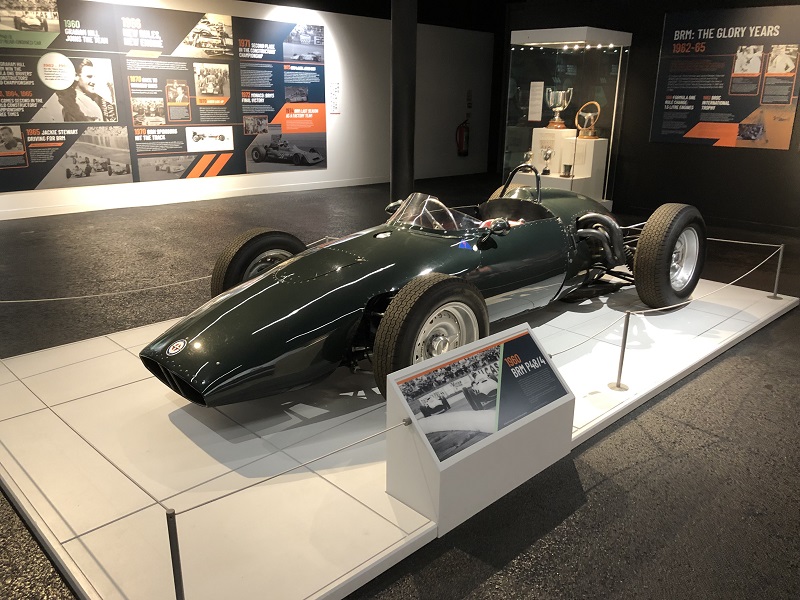
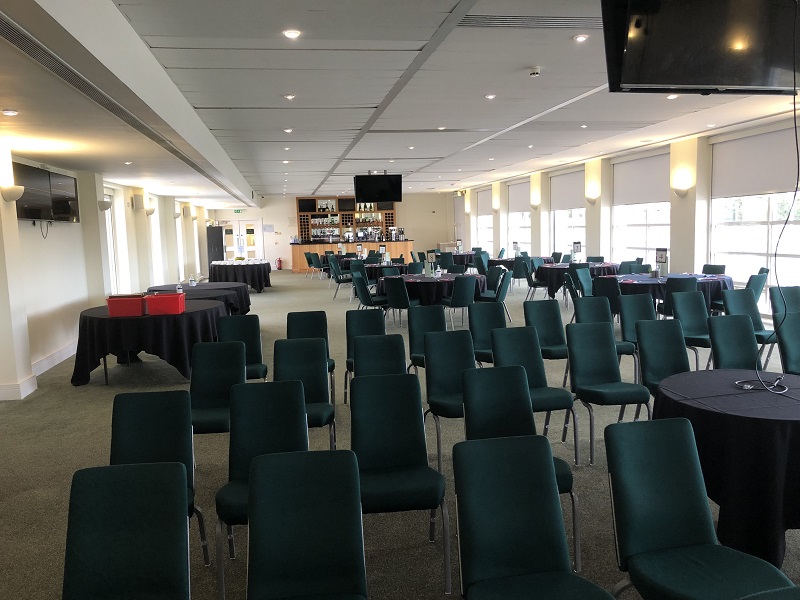
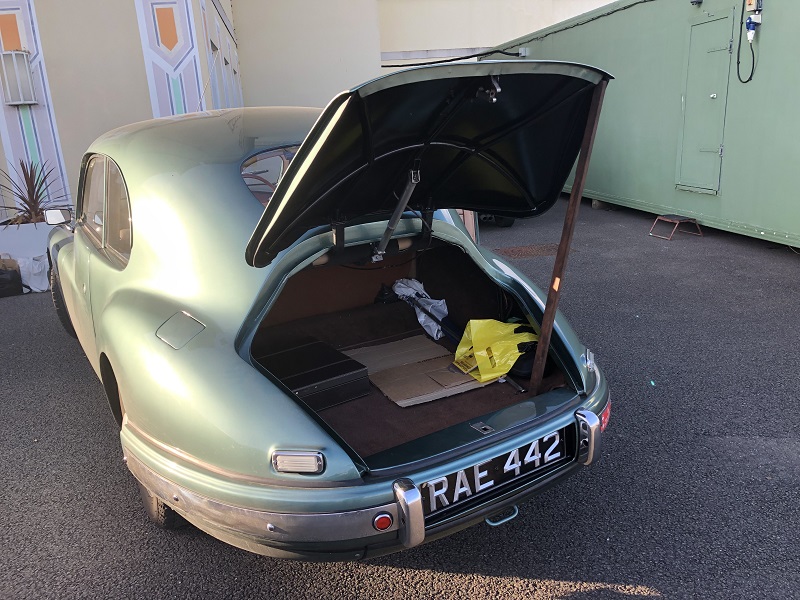
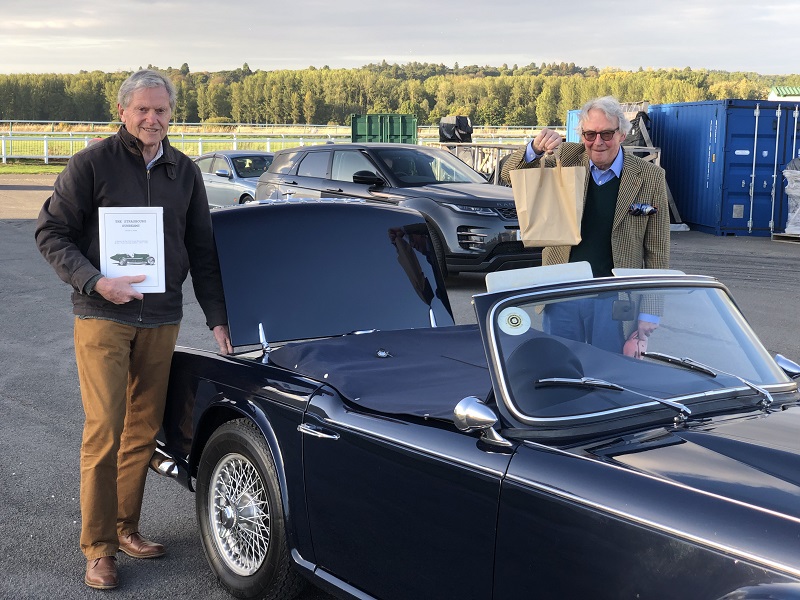
Leave a Comment